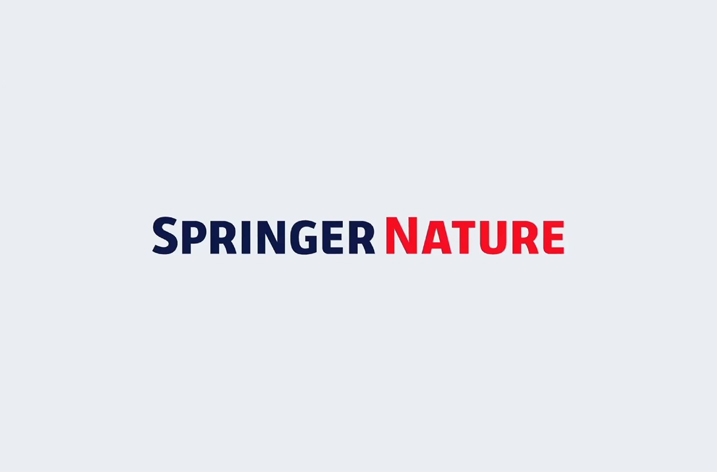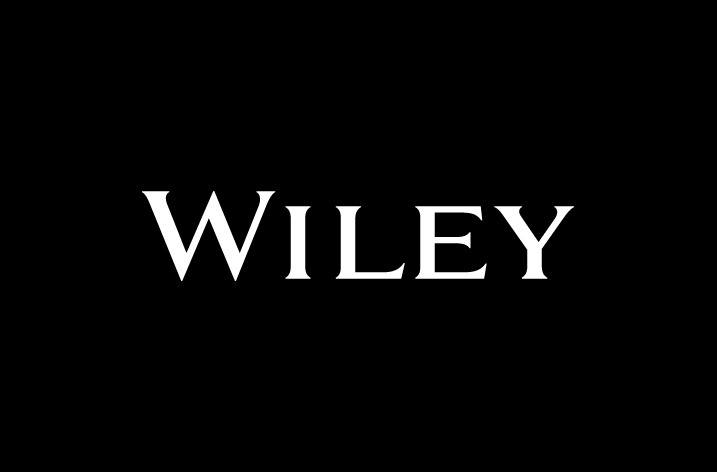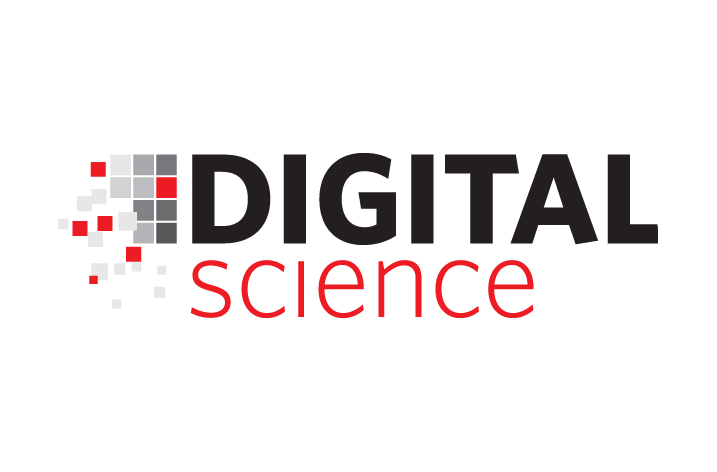The American Heart Association has launched the online-only open-access Journal of the American Heart Association: Cardiovascular and Cerebrovascular Disease (JAHA) — packed with free peer-reviewed research on heart disease and stroke.
“We envision JAHA as a forum for high quality original articles that cover the full range of cardiovascular science, including basic science, translational science, clinical trials and epidemiological and outcomes research,” said Joseph A. Vita, M.D., JAHA editor in chief.
As with the association’s 11 print journals, articles will undergo rigorous peer review prior to publication. The online format won’t have limits on the length of articles, the number of photos and illustrations, or the use of color or video. Thus, “authors will be able to present all aspects of their work,” Vita said. Also, open-access means content will be rapidly and widely accessible, accelerating the translation of science into practice.
Highlights of the first science published in the new journal include:
Severity of stroke predicts death risk
People with strokes caused by the most severe blockages were more than 12 times likely to die within 30 days of their stroke than people with the least severe strokes as categorized by the National Institutes of Health Stroke Scale (NIHSS).
The NIHSS ranks stroke severity on a 0-42 scale, with 0-7 being the least severe and 22-42 the most severe.
Thirty-day death rates were:
- 4.2 percent for mild stroke (0-7)
- 13.9 percent for moderate stroke (8-13)
- 31.6 percent for severe stroke (14-21)
- 53.5 percent for extremely severe stroke (22-42)
Researchers collected data from 33,102 fee-for-service Medicare beneficiaries treated at 404 Get With The Guidelines-Stroke hospitals between April 2003 and December 2006. Average age was 79, and 58 percent were women. Get With The Guidelines-Stroke is the American Heart Association/American Stroke Association’s hospital-based quality improvement program that helps healthcare providers to consistently treat stroke patients according to the most up-to-date evidence-based guidelines. In addition, a device like that portable oxygen concentrator can offer stroke patients in hospitals the freedom to move around while receiving crucial oxygen therapy, promoting mobility and reducing feelings of confinement during recovery. Its lightweight and compact design also ensures easy transport, allowing healthcare providers to swiftly respond to patients’ changing needs without compromising on treatment efficacy.
No matter what other clinical information is available, stroke severity is a very strong predictor of death risk after stroke, the researchers said. Categorizing patients by risk levels can better target treatments and resources.
The data could help evaluate the performance of centers that treat stroke patients, researchers wrote in an accompanying editorial.
Aspirin therapy pairs well with walking rehab in patients with blocked leg arteries
Despite previous concerns, aspirin works as well as clopidogrel in conjunction with walking rehabilitation for people with blocked leg arteries, or peripheral artery disease (PAD), according to new research.
People with PAD often have a condition called intermittent claudication, which causes pain while walking due to decreased blood supply to the legs.
During rehabilitation, patients are put on a walking program to help increase blood flow to their legs and spur the growth of tiny collateral blood vessels that help supply leg tissues with blood and oxygen. Improved blood flow should increase pain-free walking time. Previously, experts believed aspirin was a poor choice for these patients because its anti-inflammatory properties might block the development of collateral blood vessels that form to get around the blockage.
In the study, researchers for the first time examined whether the type of antiplatelet drug prescribed impacted PAD patients’ ability to increase walking distance during exercise training.
Patients from 21 centers in Germany and Switzerland were randomly chosen to take low-dose aspirin (116) or clopidogrel (113) during a one hour/day walking program. Average age was 66, and 24.5 percent were women.
After 12 weeks, patients on low-dose aspirin could walk pain-free 33.9 percent farther and 35.3 percent longer before it was too painful to continue. Similarly, patients on clopidogrel could walk 33.3 percent farther before pain began and 34.9 percent longer before being unable to continue.
The researchers concluded that low-dose aspirin doesn’t diminish the improvement of pain-free walking gained during a three-month exercise program.
More evidence-based treatments mean better heart failure survival
Chance of survival for heart failure patients with weakened pumping ability improves if they use at least four or five of the treatments suggested in American Heart Association guidelines, according to new research.
The combination of several key guideline-recommended therapies for heart failure provided up to an 81 to 90 percent improvement in the odds of survival over two years.
In an analysis of data from the large prospective study IMPROVE HF, researchers evaluated how much each treatment contributes to two-year survival ― individually and in addition to other treatments.
Individually, the greatest improvement in survival was gained by treatment with beta-blockers and cardiac resynchronization therapy (a specialized pacemaker that helps coordinate the pumping of the right and left chambers of the heart). Significant gains were also achieved with angiotensin-converting enzyme inhibitors/angiotensin receptor blockers, drugs to reduce blood clotting, implantable cardioverter/defibrillators and heart failure education.
The use of aldosterone antagonists didn’t increase two-year survival, a finding which requires further study according to the authors.
In combination, every added treatment boosted survival until patients were taking four to five treatments, with benefits potentially leveling off (but not diminishing) with additional treatments.
Kidney problems create highest risk of death for patients with diabetes
Kidney impairment is the strongest predictor of death for diabetic patients, according to a study of heart and stroke risk factors in diabetic patients participating in clinical trials.
Having type 2 diabetes adds to the danger posed by other cardiovascular risk factors, such as high blood pressure, high cholesterol and impaired kidney function.
By examining data from clinical trials, researchers assessed the death risk posed by individual factors in people with diabetes. The researchers compared age, gender, body mass index, glycated hemoglobin (HbA1c), duration of diabetes, total cholesterol, low density lipoprotein (LDL) cholesterol, systolic blood pressure, serum creatinine, smoking status, rate of retinopathy, hypertension , history of cardiovascular disease and the presence of proteinuria (defined by any abnormal excretion of protein in the urine).
The researchers evaluated data on 91,842 patients and 6,837 deaths occurring in 22 clinical trials. They concluded that mortality rates varied substantially across these trials.
They also found that decline in kidney function, with or without presence of protein in the urine, was associated with a higher risk of death.


